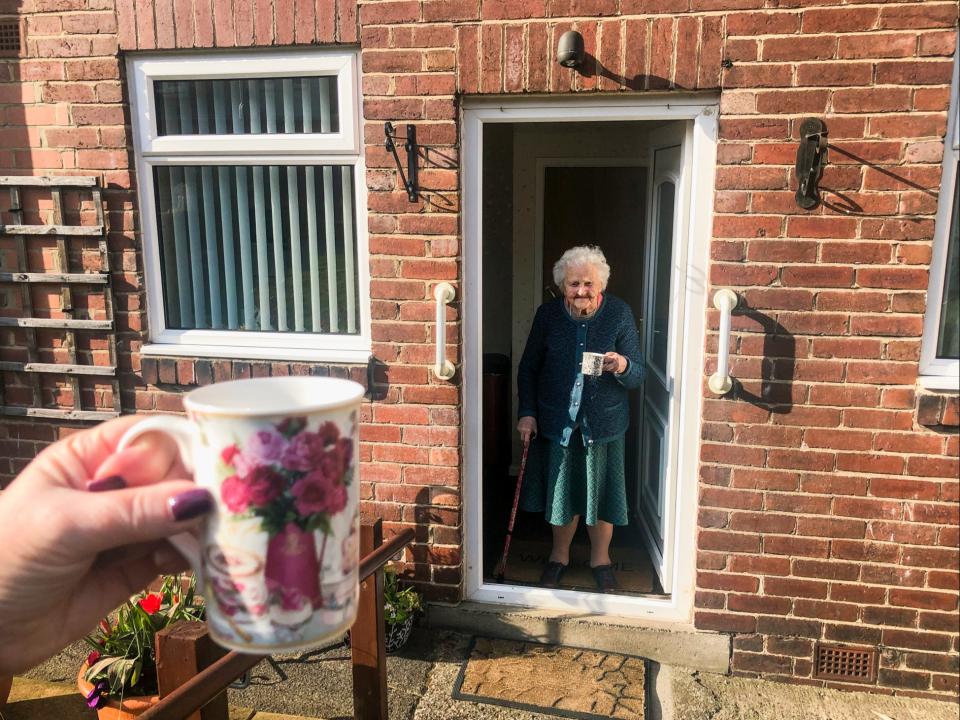How have the new Covid tiers been decided?

On Wednesday 2 December, the nationwide lockdown imposed on England was lifted and the country returned to a three-tier system.
This means that different parts of the country have once again been split into medium (tier 1), high (tier 2), and very high (tier 3), local coronavirus alert areas, with respective sets of rules depending on the categorisation of risk.
Boris Johnson previously confirmed the restrictions would differ this time around. For example, gyms, places of worship and non-essential shops are permitted to remain open across all tiers.
Read more: Can I see my family at Christmas?
Pubs and restaurants are also allowed to remain open in tiers 1 and 2, with last orders at 10pm and an 11pm curfew. In Tier 3, the hospitality sector can only stay open for takeaways and deliverys.
However, there are restrictions on alcohol in tier 2, as only pubs serving substantial meals are permitted to serve alcoholic drinks.
As for households mixing, in tier 1, a maximum of six people can meet outdoors or indoors, while in tier 2, there is no mixing of households indoors and in tier 3, households can only mix in outdoor public spaces, such as parks.
“Without sensible precautions, we would risk the virus escalating into a winter or new year surge,” said Mr Johnson.
“We’re going to go back instead to a regional tier approach, applying the toughest measures where Covid is most prevalent.”
The prime minister said that the previous tiers “weren’t quite enough” to bring the R-number below one.
“Our tiers need to be made tougher,” he added before going on to apologise to those whose businesses will be adversely affected by the new restrictions.
Here’s everything you need to know about how tier allocations are decided.
What are the tier allocations based on?
The allocation of tiers is dependent on various factors related to how the area is coping with Covid-19 infections.
This includes infection rates, reproduction rates (also known as the “R” number or how many people one infected person passes the virus on to), and the current and projected pressures faced by local NHS departments.
The prime minister has said that more areas will be placed in the higher tiers than before.
"We will continue to bear down hard on this virus. We will use tough tiering - in some ways tougher than the pre-lockdown measures - and details of those tiers are on the gov.uk website later this week when we have the most up to data and we will be sharing details of which tier your area is going to be in," he added.
When will tier allocations be reviewed?
Tier allocations will be reviewed every 14 days.
While there will be an easing of restrictions over the Christmas period, the government has said that the regional approach to restrictions will be in place until March.
Which areas in England have the highest infection rates?
Covid-19 case rates have dropped in many areas of England since the lockdown began on 5 November.
Currently, Kingston upon Hull has the highest infection rate in England, at 530 per 100,000 people, according to the latest Public Health England figures.
Stoke-on-Trent and Dudley follow on next, with 453.6 and 452.1 cases per 100,000 people respectively.
Next on the list is Sandwell and Kirklees.
Which areas in England have the lowest infection rates?
The areas with the lowest infection rates are currently Mid Suffolk, with 56.8 cases per 100,00 people, and West Suffolk, with 61.4 cases per 100,000 people.
They are followed by North Norfolk, Cornwall and the Isles of Scilly, and East Cambridgeshire.
Read More

 Yahoo Movies
Yahoo Movies 